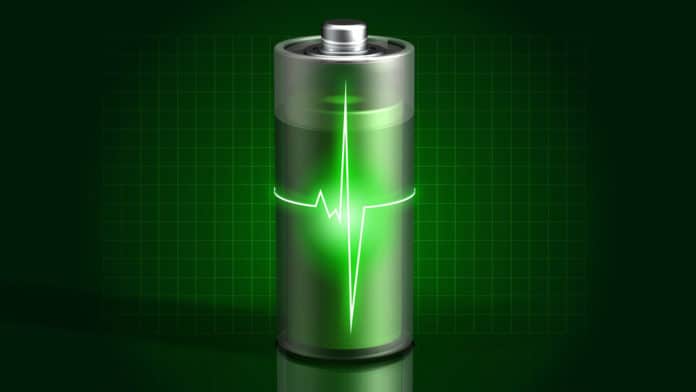Lithium-ion batteries are dominating the storage industry for a very long time, which allows our gadgets – from cell phones to solar power, to electric cars – to be lightweight and can be rechargeable. But like the other great conveniences, on rare occasions, lithium batteries can go wrong. As the demand for safe, efficient, and powerful energy storage continues to rise, finding the promising alternatives to rechargeable lithium-ion batteries has become essential.
A team of scientists from the Rensselaer Polytechnic Institute in New York state says they have developed a new self-healing technique that could allow a potassium metal battery to perform nearly as well as a lithium-ion battery. Potassium is a much more abundant and less expensive element and has less energy density.

Inside a lithium-ion battery, you’d typically find a cathode made of lithium cobalt oxide and an anode made of graphite. But if you replace a lithium cobalt oxide with potassium cobalt oxide, performance would drop, as it is less energy-dense. So the team decides to boost potassium’s performance by also replacing the graphite anode with potassium metal.
While metal batteries have shown great promise, the problem present in these batteries is ‘dendrite formation.’ Over time, as the battery undergoes repeated cycles of charging and discharging, bits of the metal start to attach themselves to the anode. And the dendrites are formed because of non-uniform – long and almost branch-like – deposition of potassium metal. If they grow too long, they will eventually pierce the insulating membrane separating the anode from the cathode and shorting out the battery. When the battery shorts, the heat is created, which can set the organic electrolyte within the device on fire and effectively reduces the lifespan of a battery.
In the research published in Proceedings of the National Academy of Sciences (PNAS), the research team has explained how their solution to that problem paves the way for bringing cheap, long-lifespan potassium metal batteries into consumer use.
The team says, by operating the battery at a relatively high charge and discharge rate, they can raise the temperature inside the battery in a well-controlled manner and encourage the dendrites to self-heal off the anode. The researcher can precisely control the heat within the battery so that it won’t melt the potassium metal, but it does help to activate surface diffusion, so the potassium atoms move laterally off the “pile” they’ve created and smoothed it out.
“With this approach, the idea is that at night or whenever you’re not using the battery, you would have a battery management system that would apply this local heat that would cause the dendrites to self-heal,” said Nikhil Koratkar, the lead author on this paper. “I want to see a paradigm shift to metal batteries. Metal batteries are the most efficient way to construct a battery; however, because of this dendrite problem, they have not been feasible. With potassium, I’m more hopeful.“
